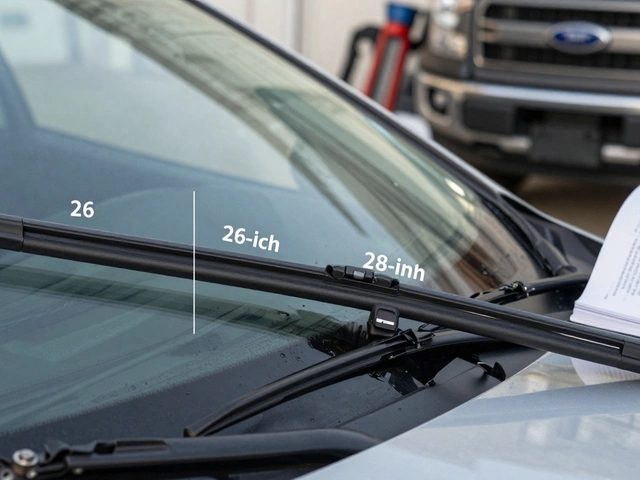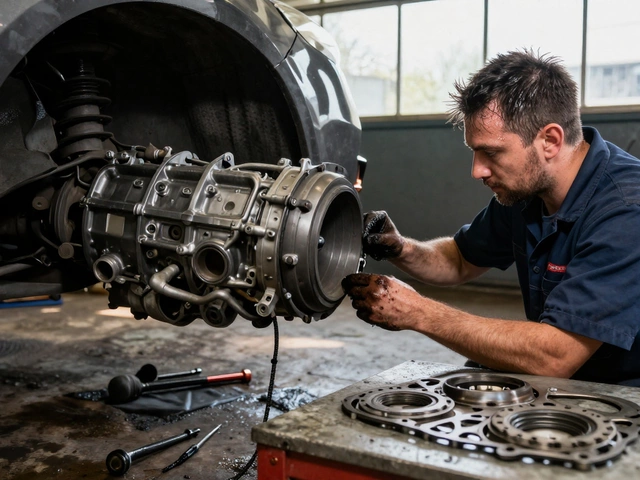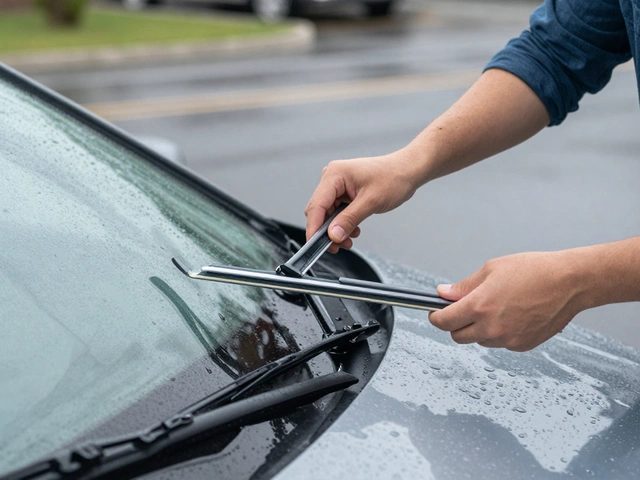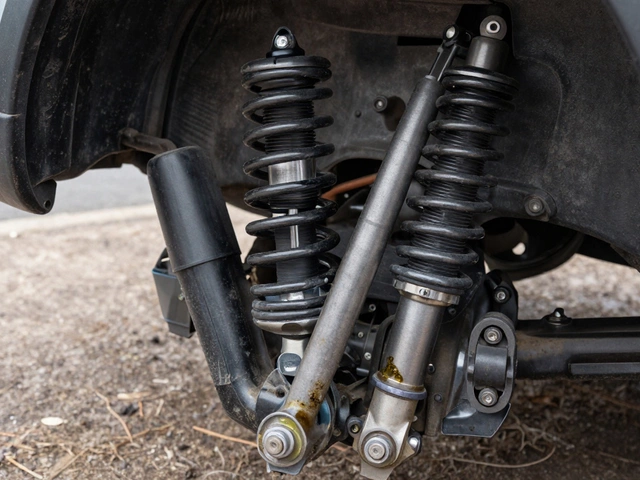Causes of Radiator Issues: Common Reasons and How to Fix Them
When your car starts overheating, it’s rarely just bad luck—it’s usually a failing radiator, the core component of your car’s cooling system that transfers heat from engine coolant to the air. Also known as a cooling radiator, it’s not a luxury part—it’s your engine’s lifeline. If it goes, your engine follows fast. Most people don’t realize how many things can go wrong inside that metal box under the hood, but the signs are clear: steam, warning lights, or that sweet, sticky smell of boiling coolant.
One of the biggest culprits behind radiator failure is a coolant leak, a breach in the radiator’s internal passages or external hoses that lets fluid escape before it can do its job. Also called a radiator leak, this can come from cracked plastic tanks, worn gaskets, or even tiny holes from rust. You might not see the drip until it’s too late, which is why checking your coolant level every few weeks matters. Another silent killer is corrosion, the slow decay of metal parts inside the radiator caused by old or contaminated coolant. Over time, rust and sludge build up, clogging the narrow tubes that cool the fluid. This isn’t just a maintenance issue—it’s a time bomb. And don’t forget about air pockets, trapped bubbles in the cooling system that block coolant flow and cause hot spots in the engine. These often happen after a refill or repair if the system isn’t properly bled.
It’s not just about what’s inside the radiator—it’s what’s outside too. A damaged fan, a clogged grille, or even a dirty radiator core can stop airflow and make cooling impossible. And if you’re running the wrong coolant or mixing types, you’re asking for trouble. Some people think topping off with water is fine, but plain water boils too fast and doesn’t protect against rust. Your radiator needs the right mix of antifreeze and water to work right.
You don’t need to be a mechanic to spot early warning signs. Look for puddles under your car, a low coolant level that keeps dropping, or a temperature gauge that climbs faster than usual. If your heater blows cold air while the engine is hot, that’s another red flag. These aren’t "maybe" problems—they’re clear signals your radiator is struggling.
What you’ll find below isn’t a list of theories. It’s real fixes from real cases: how a 15-year-old radiator failed after just one bad coolant change, why a small leak turned into a $2,000 engine repair, and what actually works when your car overheats on the motorway. We’ve pulled together every common cause, every cheap fix, and every mistake drivers make—and how to avoid them. No fluff. Just what you need to know before your radiator gives out for good.





